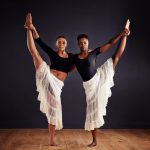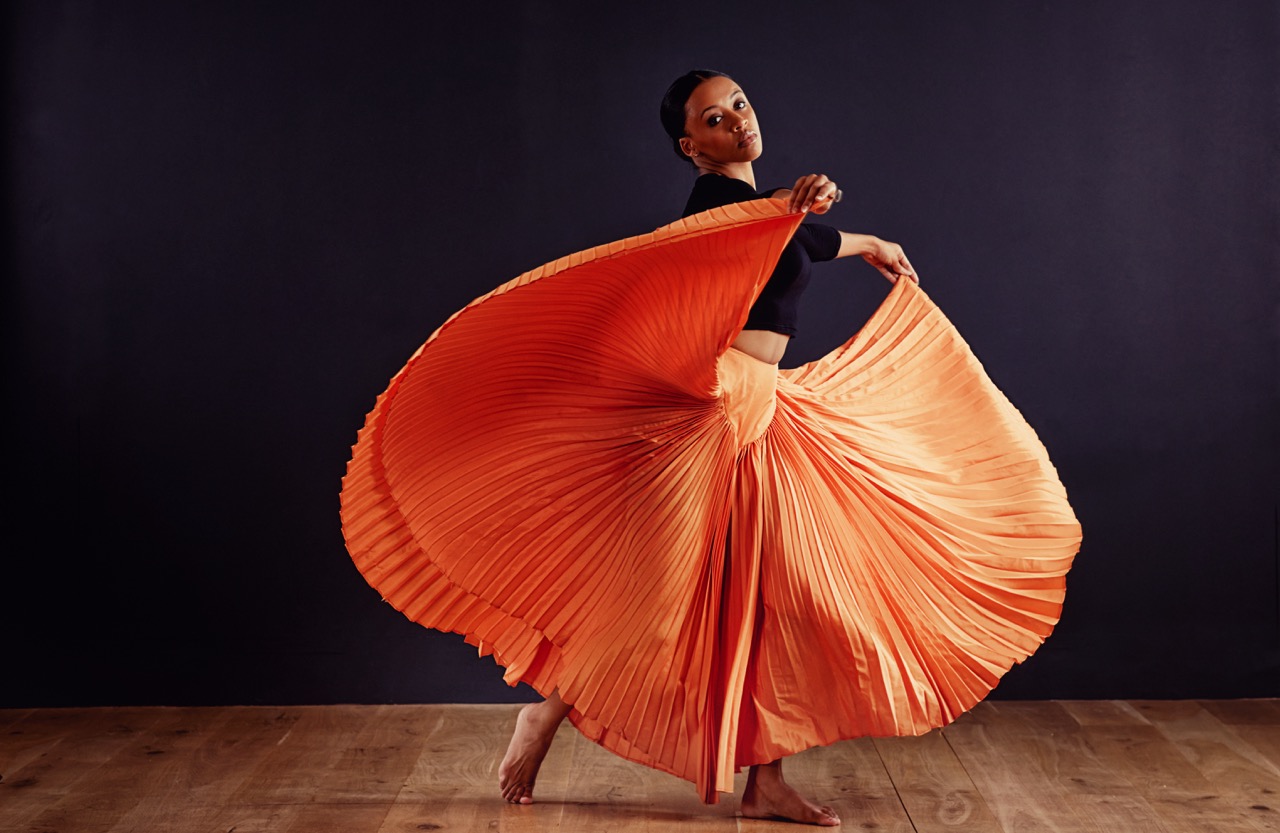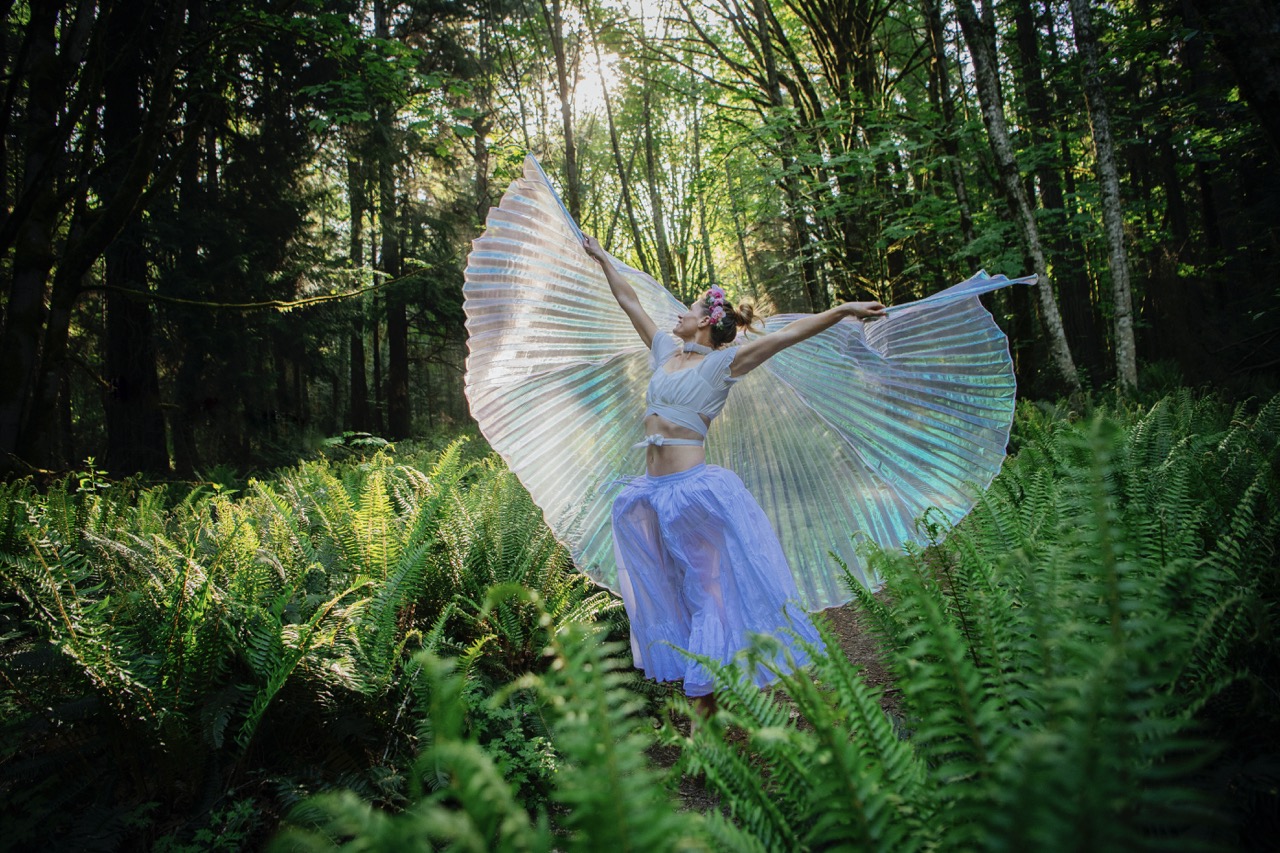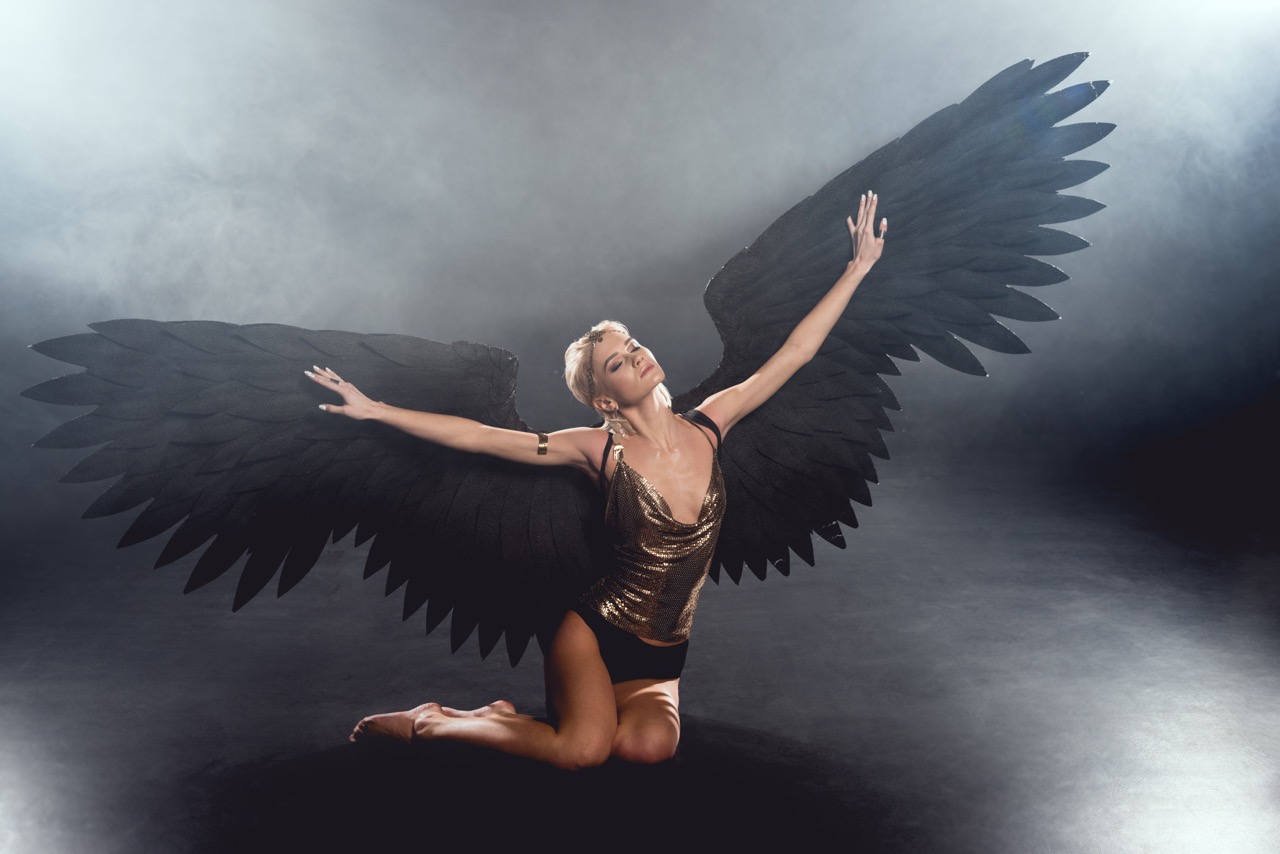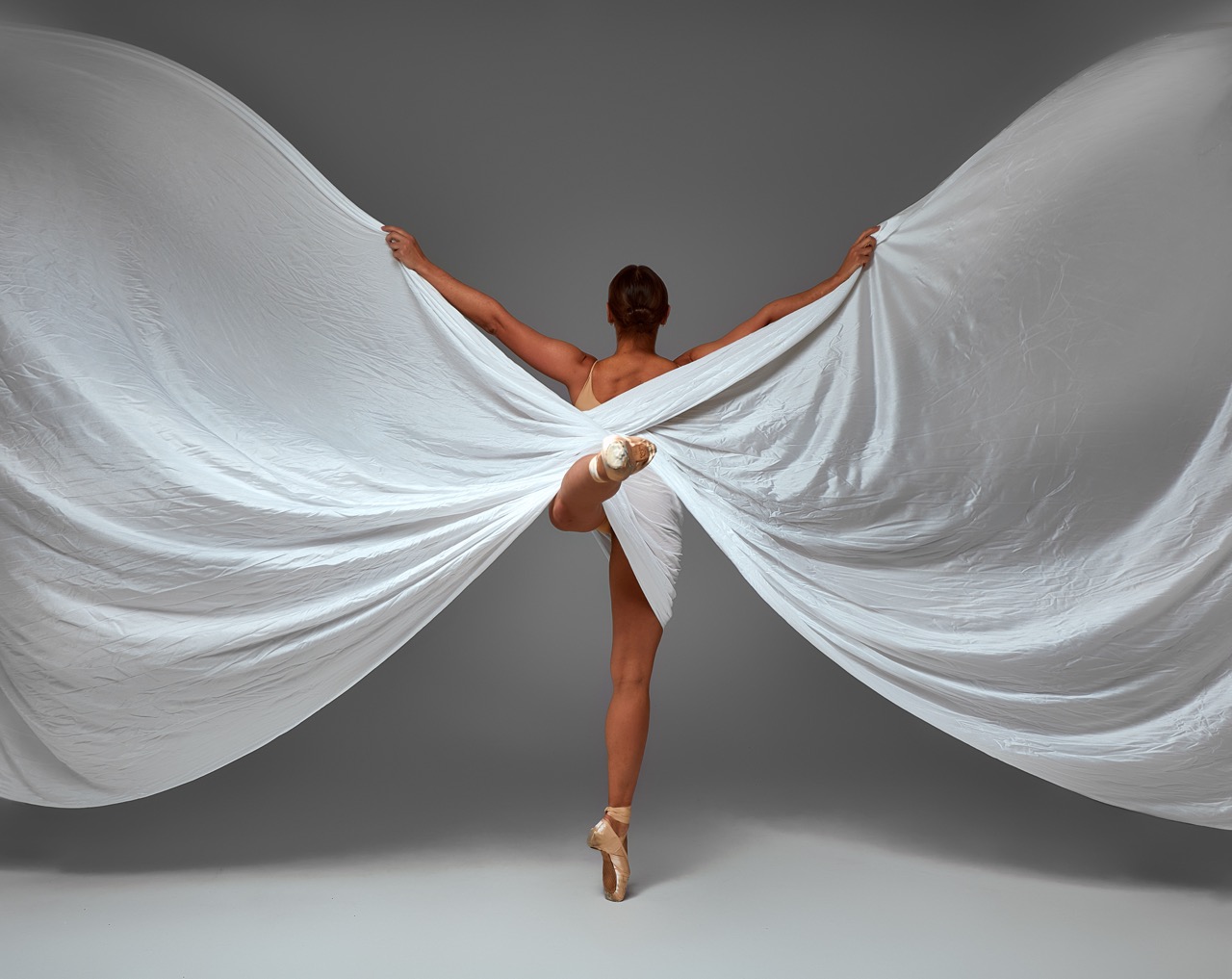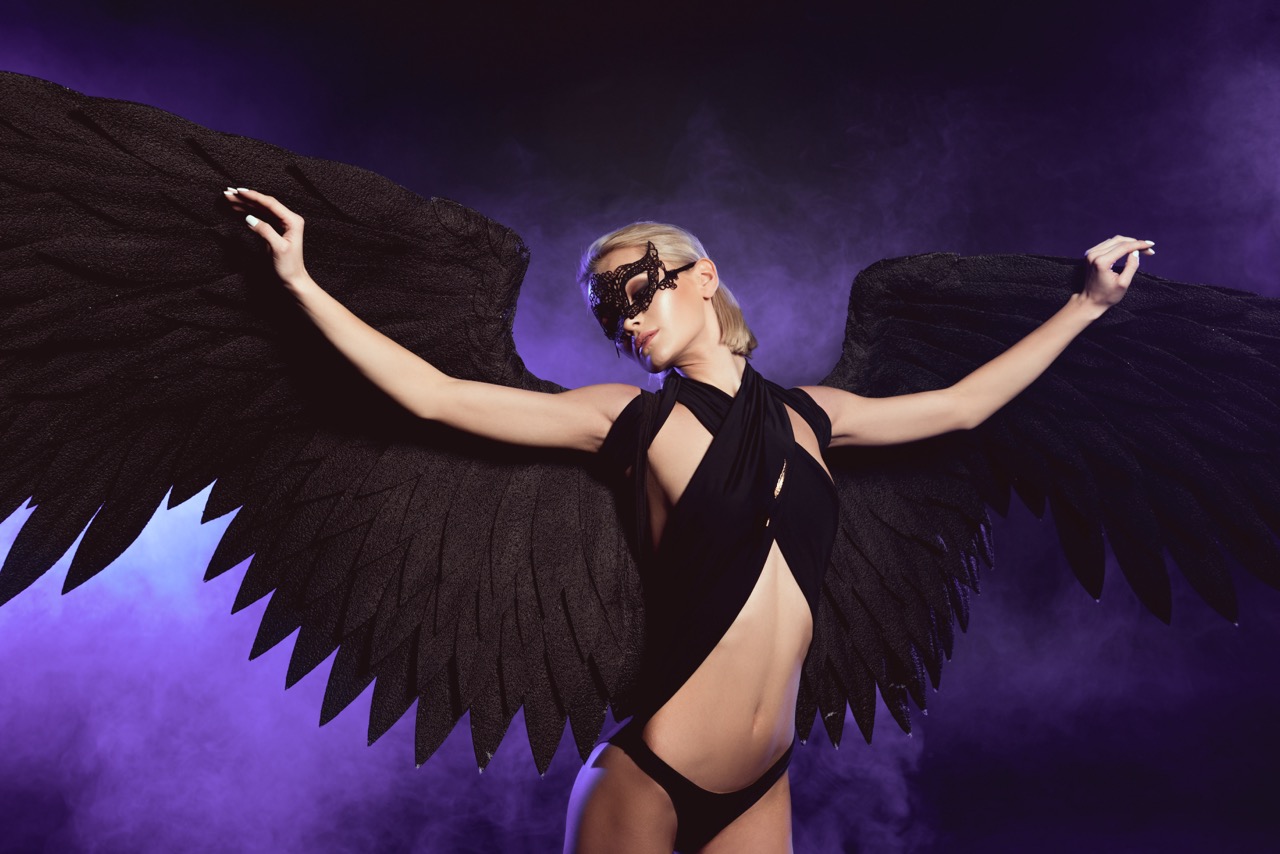Dance is often viewed as a vibrant expression of art and culture, but beneath its colorful exterior lies a profound connection to mindfulness. The act of dancing engages not just the body, but also the mind, fostering a unique synergy that enhances our awareness and presence. As we explore the interplay between dance and mindfulness, we uncover how rhythmic movements can ground us in the moment, promote mental clarity, and serve as a powerful tool for self-discovery.
The Dance of Presence: Uniting Body and Mind in Motion
In the world of dance, presence is essential. Each movement invites the dancer to fully engage with their body while letting go of external distractions. This union of body and mind cultivates a heightened sense of awareness, allowing dancers to immerse themselves in their physical sensations and emotional states. As they move, they become acutely aware of their breath, their heartbeat, and the way their bodies interact with space, creating a profound sense of connection to the present moment.
The process of learning dance requires not just physical practice, but also mental focus. Dancers must navigate complex sequences, often relying on muscle memory and cognitive recall. This dual engagement sharpens their mindfulness, as each performance becomes an opportunity to hone their attention and cultivate presence. When dancers allow themselves to be fully in the moment, their practice transcends mere technique and transforms into a meditative experience—one that enhances their emotional expression and personal narrative.
Moreover, the communal aspect of dance further amplifies this sense of presence. Whether it’s a solo performance or a group routine, the shared energy among dancers and the connection with the audience create a dynamic environment that fosters collective mindfulness. In this space, individuals learn to synchronize their movements with others, facilitating an experience of shared consciousness that enhances their overall sense of unity and belonging.
Rhythm and Awareness: Cultivating Mindfulness Through Dance
Rhythm is the heartbeat of dance, and it plays a pivotal role in cultivating mindfulness. The repetitive patterns and beats encourage dancers to synchronize their movements with the music, creating a harmonious connection between mind and body. As dancers become attuned to the rhythm, they learn to listen deeply—not just to the music but to their bodies, the floor beneath them, and the air that surrounds them. This deep listening fosters a state of mindfulness, where distractions fade away, and the dancer becomes fully immersed in the experience.
By engaging with rhythm, dancers can practice mindfulness techniques organically. For instance, as they count steps or follow the tempo, they naturally cultivate focus and concentration. The act of dancing to a beat can also serve as a form of active meditation, allowing individuals to release stress and anxiety. This rhythmic flow encourages a state of clarity, where the mind is free from the clutter of everyday thoughts, and the body moves fluidly in response to the music.
Furthermore, the exploration of different dance styles, from ballet to hip-hop, enriches the mindfulness experience by offering diverse rhythms and movement patterns. Each style demands a unique approach to awareness, allowing dancers to discover various ways to be present. This versatility not only enhances their technical skills but also nurtures their ability to adapt and respond to different situations in life, making mindfulness an integral part of their dance journey.
Flow State: How Dance Enhances Mental Clarity and Focus
When dancers are fully engaged in their art, they often enter a state known as "flow." This phenomenon, described by psychologist Mihaly Csikszentmihalyi, occurs when individuals experience complete immersion in an activity, leading to heightened creativity, focus, and enjoyment. In dance, the combination of physical exertion, rhythmic music, and emotional expression creates an ideal environment for flow to emerge. As a result, dancers often experience a sense of clarity that extends beyond the dance floor into their daily lives.
During these moments of flow, dancers find themselves less preoccupied with self-doubt and external judgments. Instead, they become enveloped in the joy of movement and expression, allowing their minds to clear and their focus to sharpen. This mental clarity enhances their ability to make swift decisions and adapt to changes in choreography, mirroring the adaptability needed in life’s unpredictable moments. The positive feedback loop of mastering dance steps while in flow reinforces their confidence and self-efficacy.
Moreover, the experience of flow in dance can lead to lasting benefits for mental well-being. Studies have shown that engaging in activities that promote flow can reduce stress and anxiety, increase happiness, and improve overall life satisfaction. As dancers learn to embrace this state, they not only enhance their artistic expression but also cultivate a mindset that values presence, resilience, and adaptability—traits that are invaluable both on and off the stage.
From Steps to Serenity: Embracing Dance as Mindful Practice
For many, dance becomes a sanctuary—a safe space where they can explore their emotions and express themselves freely. This practice of mindful dancing offers a pathway to serenity, inviting individuals to reflect on their thoughts and feelings through movement. As dancers navigate their personal narratives on the floor, they often uncover deeper insights about themselves, fostering a greater understanding of their emotional landscapes.
Mindful dance practices, such as improvisation or guided movement sessions, encourage participants to tune into their bodies and emotions without judgment. This approach allows individuals to explore the full spectrum of their experiences, from joy to sorrow, creating a holistic practice that embraces authenticity. As dancers connect with their inner selves, they cultivate a sense of peace and acceptance, enabling them to process complex emotions in a constructive way.
Ultimately, embracing dance as a mindful practice transcends mere physicality; it becomes a journey of self-discovery and healing. The act of moving with intention encourages individuals to embrace their vulnerabilities and celebrate their strengths. In doing so, dance transforms into a powerful tool for personal growth, enabling practitioners to find serenity within themselves as they navigate the rhythms of life.
The connection between dance and mindfulness is a profound exploration of the self—a journey that invites us to become present, aware, and engaged with our innermost thoughts and feelings. Through the rhythmic movements of dance, we unlock mental clarity, emotional expression, and a sense of community that enriches our lives. Embracing dance as a mindful practice allows us to cultivate serenity, offering a transformative experience that resonates long after the music fades. As we continue to explore this art form, we realize that the dance of presence is not just about movement; it is an invitation to fully live in each moment, embracing the beauty of our shared human experience.




